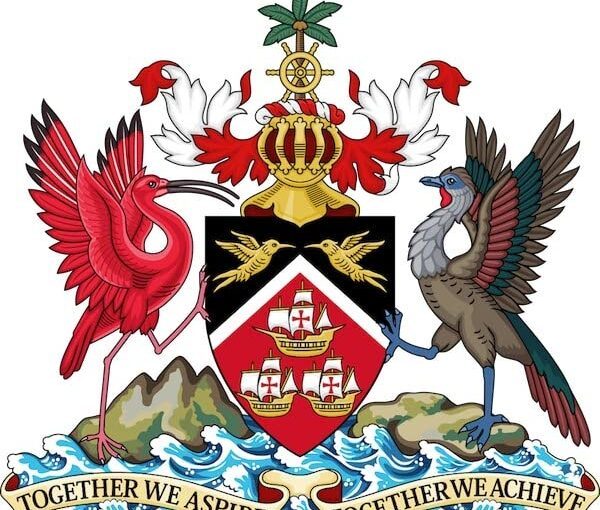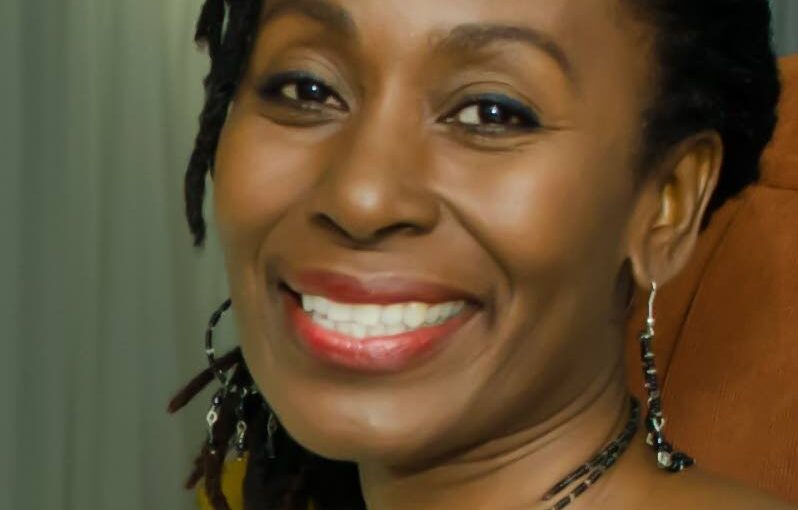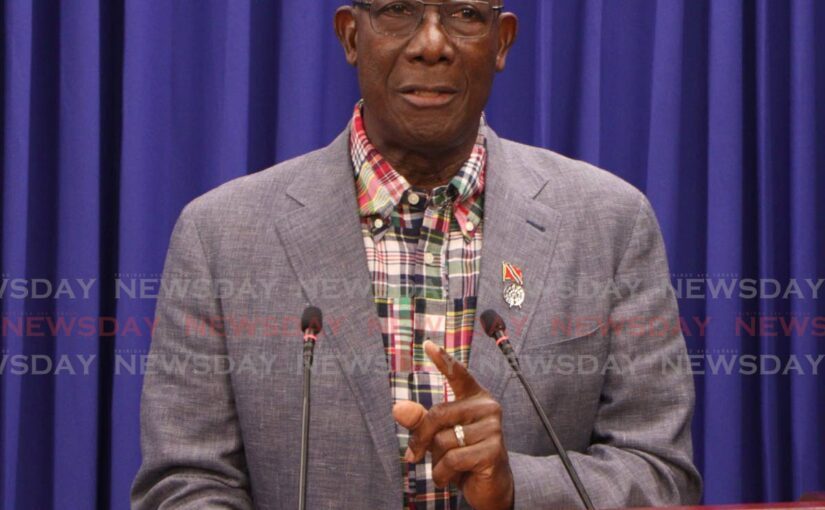Human technologies have continued to evolve exponentially since the end of the Paleolithic: today we are using them to learn more about the...
Vous n'êtes pas connecté
- English
- Français
- عربي
- Español
- Deutsch
- Português
- русский язык
- Català
- Italiano
- Nederlands, Vlaams
- Norsk
- فارسی
- বাংলা
- اردو
- Azərbaycan dili
- Bahasa Indonesia
- Հայերեն
- Ελληνικά
- Bosanski jezik
- українська мова
- Íslenska
- Türkmen, Түркмен
- Türkçe
- Shqip
- Eesti keel
- magyar
- Қазақ тілі
- Kalaallisut ; kalaallit oqaasii
- Lietuvių kalba
- Latviešu valoda
- македонски јазик
- Монгол
- Bahasa Melayu ; بهاس ملايو
- ဗမာစာ
- Slovenščina
- тоҷикӣ ; toğikī ; تاجیکی
- ไทย
- O'zbek ; Ўзбек ; أۇزبېك
- Tiếng Việt
- ភាសាខ្មែរ
- རྫོང་ཁ
- Soomaaliga ; af Soomaali
Rubriques :
 Maroc - EURASIAREVIEW.COM - A la une - 06/Sep 22:29
Maroc - EURASIAREVIEW.COM - A la une - 06/Sep 22:29
Keys To Building Human Bridges To The Past – OpEd
Human technologies have continued to evolve exponentially since the end of the Paleolithic: today we are using them to learn more about the past. Scientific breakthroughs about human origins have captured the curiosity of audiences eager to learn more about the past. We are entering a new phase, thanks to the accumulation of evidence and new research technologies, in which experts and audiences are increasingly asking bigger questions about who we are and where we came from—and are teasing out some valuable answers. This development has come at a time when there is a growing sense thatlinking the past with the present can support the attempt to build a more sustainable future. Groundbreaking technologies are being applied to archeology. Modern archeologists are taking advantage of digital tools to share knowledge about human origins on a widening spectrum of platforms, includingmuseum exhibits,virtual settings, andon-site experiences. There is, however, a choke point in this process. The academic findings are described in a highly technical language that requires familiarity with the jargon of many research disciplines and testing methods, making the wider public adoption of research from human evolutionary science and archeology difficult. And most experts from these fields are not sufficiently trained to translate their findings to the array of audiences that can use them. But a growing number of initiatives are providing new ways to bridge the gap separating academia from global public awareness, emerging often from leading research institutions inAustralia,East Africa,WesternEurope, and theU.S. These centers and the educational efforts emerging from them nurture the evolutionary consciousness people need to appreciatewhat it means to be human. Fostering knowledge about chains of events that affected the human evolutionary pathway thousands and even millions of years ago allows us to fit them into a coherent, multilevel chronological, and cultural framework. We can train our minds to reflect over long periods and find useful ways to compare chapters of human history. This fundamental viewpoint will permit the kind of planning necessary for solving long-term human challenges, from social to environmental. A fuller spatial and temporal sense of human history produces logic that chimes with the best of our humanitarian impulses—by applying what we have learned, human history can be understood as a single global dataset—providing an authentic framework of connection to a universal evolutionary lineage. We know that territorialism in other mammals and primates is a standard behavior, but there is a unique human overlay underwriting the inequalities of today. I have pointed out that inventing and nurturing symbolic differences is an adaptive strategy that emerged hundreds of thousands of years ago, during the Acheulian cultural period, and that evolved intoas a cultural mechanism to create and maintain unequal access to rights and resources. Conventional descriptions associated with archeology often evoke portrayals of adventurous treasure hunters seeking fame and fortune in faraway countries. In the collective mindset, "archeology" conjures idealized visions of the great civilizations of classical antiquity and the first urbanized societies that flourished only a few thousand years ago. However great they were,the rise and fall of these cultural entities marks the commencement of a perpetual war-faring sequence that continues to be the hallmark of modern civilization. But the human story extends much further back in time and no matter how prodigious they were, these societies were consolidated by modern humans who had already fully integrated the keystones of contemporary civilization. Thanks to a new impulse launched by the digital revolution that our civilization is undergoing, prehistory invites us to gaze further back in time: deep into the Paleolithic—to discover and understand the foundations upon which organized urban societies were constructed. Compared with classical archeology, ancient Paleolithic records rely on a relatively sparse repertory, consisting mainly of fossilized bones and stone tools shaped by humans who were physically and cognitively very different from us. While at first glance such objects may appear unremarkable, understanding their significance is essential to complete the picture of the human evolutionary trajectory. In fact, by limiting our inquiry to the sub-modern civilizations that emerged only over the last 5,000 years or so, we are ignoring 98 percent of human evolution that began in Africa at least 2.8 million years ago, whenour genus joined other hominins already thriving in Africa to systematically create the first complex technologies made from stone. The emergence and evolution of these early techno-systems would alter the course of human evolution so significantly that we are still speculating where they will lead us in the future. In that sense, these early stages ofthe hominization processthat led our genus to adaptculturally, rather than biologically, by creating extrasomatic solutions to evolutionary challenges, are arguably the most important influences that shaped human origins. These solutions were initially made by transforming available materials into tools using specific sets of acquired skills that were systematized intoculture. Through this cumulative process, our ancestors increased the assortment of objects that were to become essential to their survival. OverThrough time, the know-how required to obtain the skills to manufacture these tools also increased exponentially, eventually requiring composite modes of communication to transmit the knowledge from generation to generation. By incorporating an ever-increasing array of disciplines, both classical and new, archeologists continue to learn more about the different phases of the fascinating journey that led our species to unprecedented techno-dependence. The unfolding of humanity can only be ascertained by unearthing and interpreting the fragmentary remnants left behind in the archeological record by thethousands of generations preceding the 8 billion souls presently living on Earth. Today, the keys to understanding human origins are becoming more accessible thanks to technologies used to share the exciting discoveries that form the totality of human prehistory and offer scientifically viable reconstructions to inspire even the most reticent of audiences. Applying advanced scientific methodologies enables specialists to progressively build theories and attitudes that develop into sensibilitiesbased on current states of knowledge. As a first step, it is important to understand that science is in a constant state of flux and premises must be constantly adjusted to keep pace with the latest discoveries. Meanwhile, the development of modern technologies continues to open doors to new ways to source information. Modern technologies are not only creating new strategies to study the past but they are also transforming the methodologies traditionally used in prehistoric archeology. Some of the techniques are co-opted from other fields of science, like medicine, chemistry, ecology, and biotechnology, thus building up a mesh of collaboration among researchers working in vastly different fields of knowledge. This strategy further contributes to the exponential intellectual revolution underway in research on human origins. Traditional disciplines, like paleontology and paleoanthropology, for example, are being reshaped by advances in genetic research that are filling in the gaps in the archeological record by shedding new light oninterrelationships between different species through timeat a lightning pace. Digital 3D reproductions of all kinds of archeological finds and even of the sites themselves provide astoundingly accurate imagery that can be analyzed and shared instantaneously.Non-invasive geoarchaeological methodsare being used to locate and study all kinds of settings and the artifacts they yield, anddrones equipped with digital cameras allow surveys of hard-to-access areas to locate new archeological sites. High-powered microscopes linked to image processing software serve to determine how stone tools were used for archeobotany, sedimentary analysis, and more. Meanwhile, radiometric and other dating methods are improving our capacity to obtain increasingly precise age evaluations for the archeological sites under study. Progress is being achieved in sharing data from prehistory at a quickening pace in many high-income countries in Eurasia and North America, where broad-minded insights and international collaborations are stimulating public interest to take advantage of communication technologies to discover and explore universal patrimony relating to all periods of the Paleolithic. In academia, scientific journals now often require scientists to share their data in online repositories with access to digital platforms that can be built upon by contemporaries and new generations who are encouraged to apply alternative technologies to glean new kinds of information from the same datasets.Online platforms sharing archeological informationare easily available to those who wish to consult them. However, much remains to be done for many lower-income countries that still do not have access to the same technologies for exploiting their Paleolithic records on an equal footing, because they lack basic infrastructure and educational facilities, or they are struggling due to poverty, political turmoil, or even lengthy periods of warfare. Today, the digital revolution has transformed how archeological data from all stages of human evolution can be transmitted to the public. Prehistorians have entered the arena of public awareness on all levels of social interplay, demonstrating the importance of applying long-term insights to tackle such pressing issues asecological collapse,human migration,war, andgender inequality. By creating evolutionary awareness, Paleolithic archeology is helping society recognize the value of studying the distant past to overcome the myopia of our own historical moment. About the author: Deborah Barsky is a writing fellow for the Human Bridges, a researcher at the Catalan Institute of Human Paleoecology and Social Evolution, and an associate professor at the Rovira i Virgili University in Tarragona, Spain, with the Open University of Catalonia (UOC). She is the author of Human Prehistory: Exploring the Past to Understand the Future (Cambridge University Press, 2022). Source: This article was produced by Human Bridges.
Articles similaires
The Surprising Ways Inventions And Ideas Spread In Ancient Prehistory – OpEd
You can learn a lot about humanity from the first technological revolutions of more than 10,000 years ago. The human capacity for invention is...
The Galamsey Menace: A Nation Against Herself & Her Future
The human race never learns from past mistakes, as we keep living cyclical lives of repeating the mistakes of Adam and Eve from generations to...
Ships symbols of our journey
THE EDITOR: The three ships on our coat of arms symbolise the arrival of Christopher Columbus in Trinidad in 1498. While acknowledging the...
Astrophysics: AI Shines A New Light On Exoplanets
Researchers from LMU, the ORIGINS Excellence Cluster, the Max Planck Institute for Extraterrestrial Physics (MPE), and the ORIGINS Data Science Lab...
Long COVID inflicts deep scars on the lungs, targeting specific cells could reverse damage
The long-term effects of respiratory viral infections such as COVID-19 are a major public health burden. Some estimates suggest over 65 million people...
Long COVID inflicts deep scars on the lungs, targeting specific cells could reverse damage
The long-term effects of respiratory viral infections such as COVID-19 are a major public health burden. Some estimates suggest over 65 million people...
Amazing Miss A and value of history
Dara E Healy 'Winnie, you came, you played and you conquered!…I remember the curtain calls, I don’t think we had ever seen as many. I remember...
Amazing Miss A and value of history
Dara E Healy 'Winnie, you came, you played and you conquered!…I remember the curtain calls, I don’t think we had ever seen as many. I remember...
3 ships represent opening to West
THE EDITOR: After listening to the peremptory declaration by the Prime Minister that this country’s coat of arms would be changed, I am compelled...
Les derniers communiqués
-
Adobe Brings Conversational AI to Trillions of PDFs with the New AI Assistant in Reader and Acrobat
Adobe - 21/02/2024
-
Laura Frigenti takes the Helm as Chief Executive Officer of the Global Partnership for Education
Global Partnership for Education - 05/12/2022




